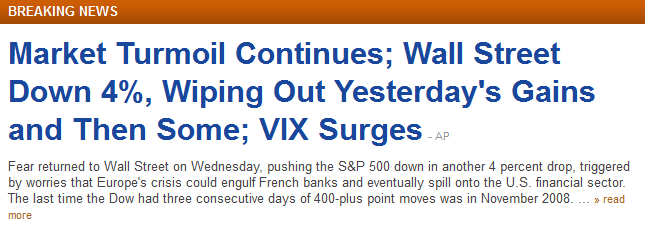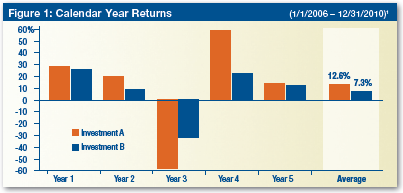Sharing information slowly
Share information in digestible bites. It sounds simple enough. Yet, how many of us – given the opportunity – will launch into our firm’s history, products, representative work, and other information. It’s an old problem that continues to occur – especially for wholesalers meeting prospects.
This summer we helped an established firm launch a new business line. They have the right ingredients: a savvy, experienced leader, current clients to call on, and an achievable plan / goal for year one.
As we worked together on the marketing strategy and material, I remembered the value of patience – sharing small amounts of information over time. And as the sales team has started pitching, they’ve realized that using a 3 or 4 short meeting sales process is more effective than attempting to make a sale in an initial 90 minutes meeting. Instead of looking for the prime lunch spot, the sales team is looking for 15-20 minutes at the end of the day, towards the beginning of the week. Not only are prospective clients more likely to accept, the sales team can assess the potential relationship from that first encounter. Subsequent meetings can assuage any concerns about the product, firm, or investment process. All that leads to a potential closing opportunity. In this process, that opportunity will feel very natural, as the prospect has had time to digest information slowly, ask questions, consider with colleagues, and speak to references.
There are numerous sales processes, sales funnels, and even sales pyramids to use. They all cover the steps and actions; but not the actual interactions. For the interactions, perhaps consider the 15-minute, 1 major point meeting. That can potentially be memorable.







